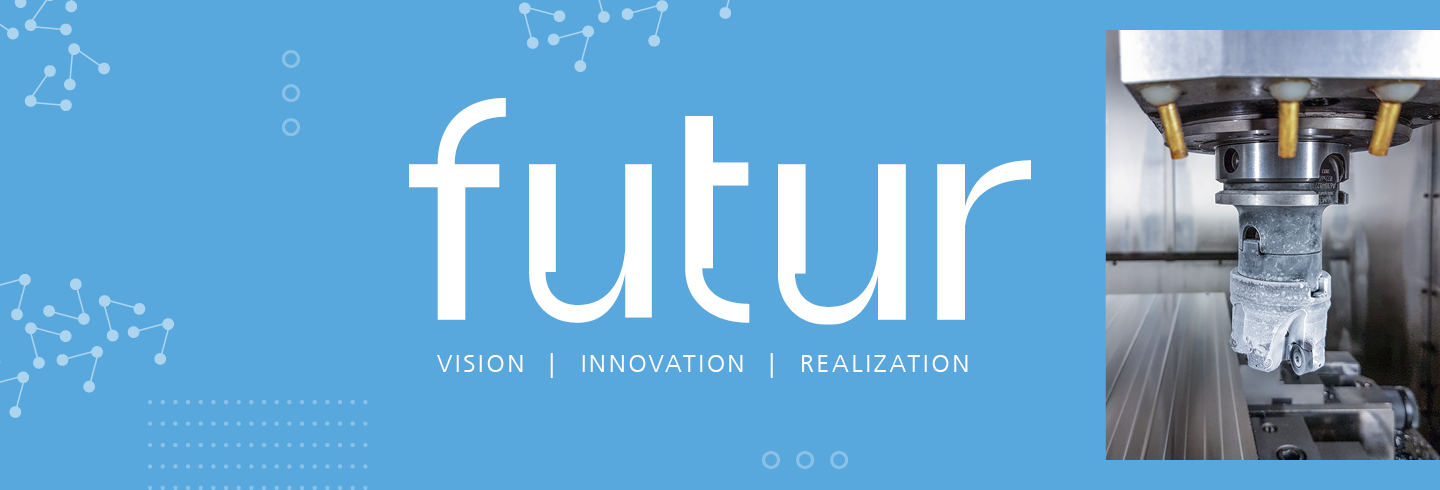Climate-neutral – But How?
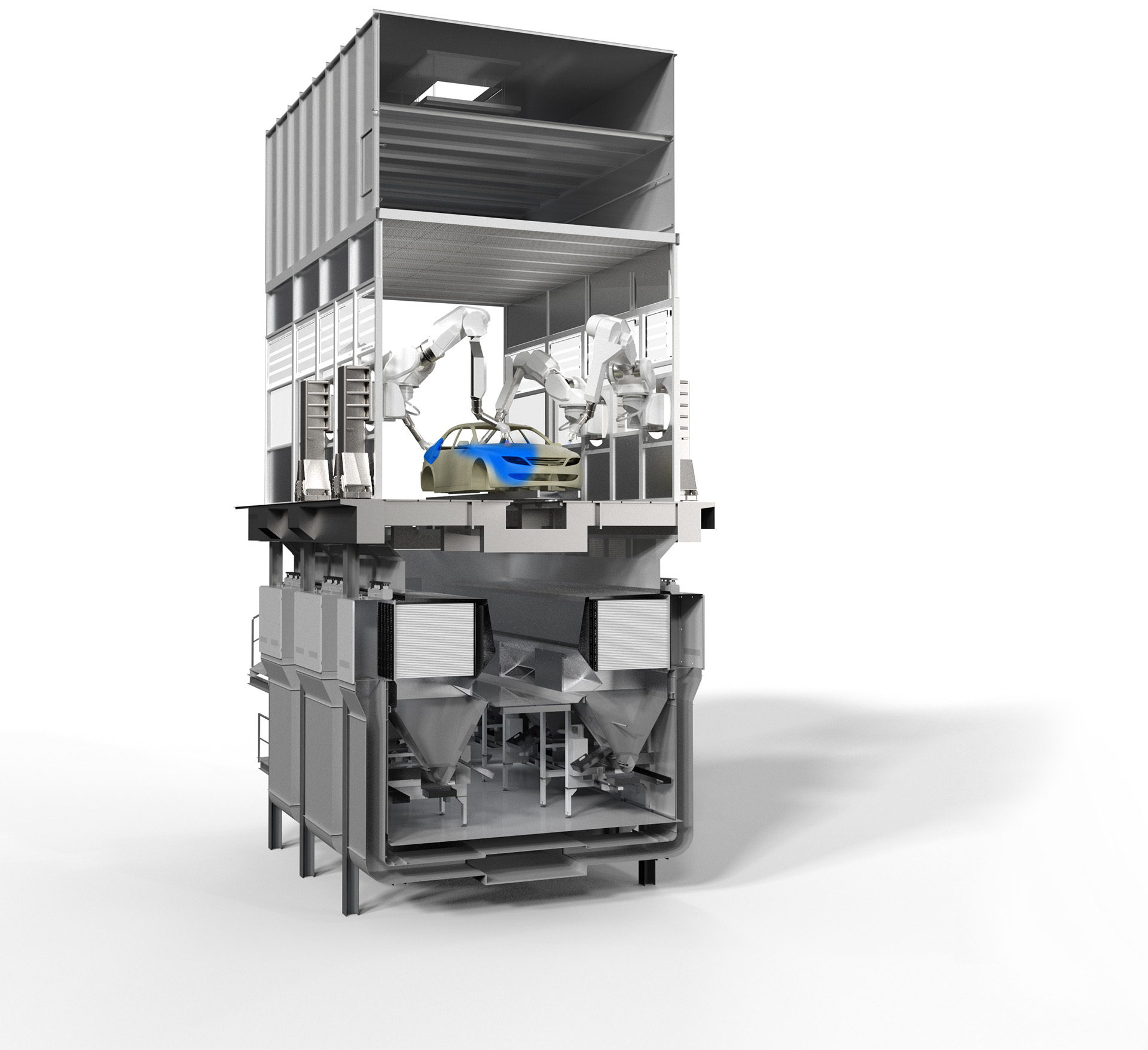
The German manufacturing industry is responsible for around 20 percent of CO2 emissions in this country, making it the second largest emitter of greenhouse gases behind the energy industry and ahead of transport, buildings, agriculture, and the waste sector. According to current calculations, industrial production recorded around 181 million metric tons of CO2 equivalents in 2021 – almost back to the level of 2019 after a decline in 2020. According to the German Federal Ministry for Economic Affairs and Climate Action, this was due to »economic catch-up effects in the wake of the Corona crisis and the increased use of fossil fuels.« Most emissions in the industrial sector occur in the steel industry, in the chemical industry and in the manufacture of mineral products such as cement. The manufacturing sector, including the industries with traditionally the highest gross value added, namely vehicle manufacturing, mechanical engineering and metal production and processing, account for around 120 million metric tons of CO2 equivalents in 2020. According to forecasts, the production of steel, aluminum, plastics and cement alone will generate around 800 gigatons of CO2 in the 21st century, based on the the current state of production technology. This would mean missing the target to limit global warming to below two degrees Celsius compared to the pre-industrial era, set at the 2015 UN Climate Change Conference in Paris. Climate researchers, business associations and politicians therefore agree that in order to achieve the German government's goal of making Germany greenhouse gas-neutral by 2045, it is not only necessary to increase the use of renewable energies and boost energy efficiency, but also to switch to climate-neutral production. But what does it mean in concrete terms for companies to produce in a CO2-neutral way? And how can CO2 neutrality be achieved in global manufacturing and value creation systems?
All emissions at a glance
Calculating, reducing and offsetting emissions – these are the basic steps that manufacturing companies can take on the way to a climate-neutral production. Some German manufacturers are already following ing the Greenhouse Gas Protocol (GHGP), an internationally recognized standard that divides the options for companies to reduce emissions into three categories – known as »scopes«.
Scope 1 addresses all direct emissions that a company causes itself when manufacturing its products – for example, in its own production facilities and processes or through its own company vehicles. Scope 2 takes into account all indirect emissions caused by a company's production-related consumption of electricity, steam or heating and cooling agents. Scope 3 also includes all indirect emissions from upstream and downstream value creation and the life cycle of a product. This includes materials and components from suppliers, the associated logistics, and the use of the products produced up to the end of their life cycle. Business travel by company personnel is also included here.
| Minimum price per ton of CO2 from 2025 | The German manufacturing sector's share of energy consumption out of all production sectors | Germany's energy prices compared globally |
| 55 € | 42 percent | 15th rank (out of 133) |
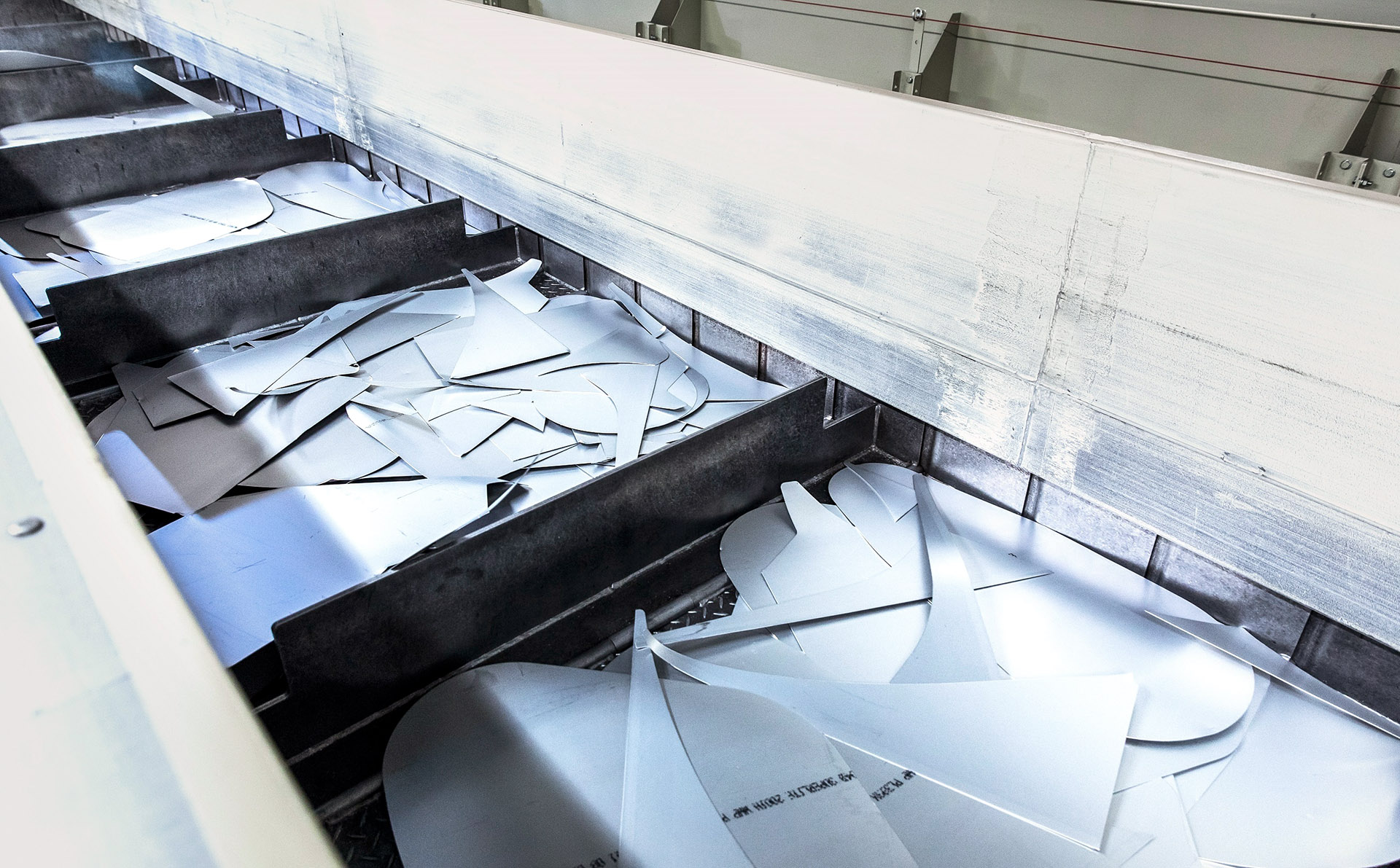
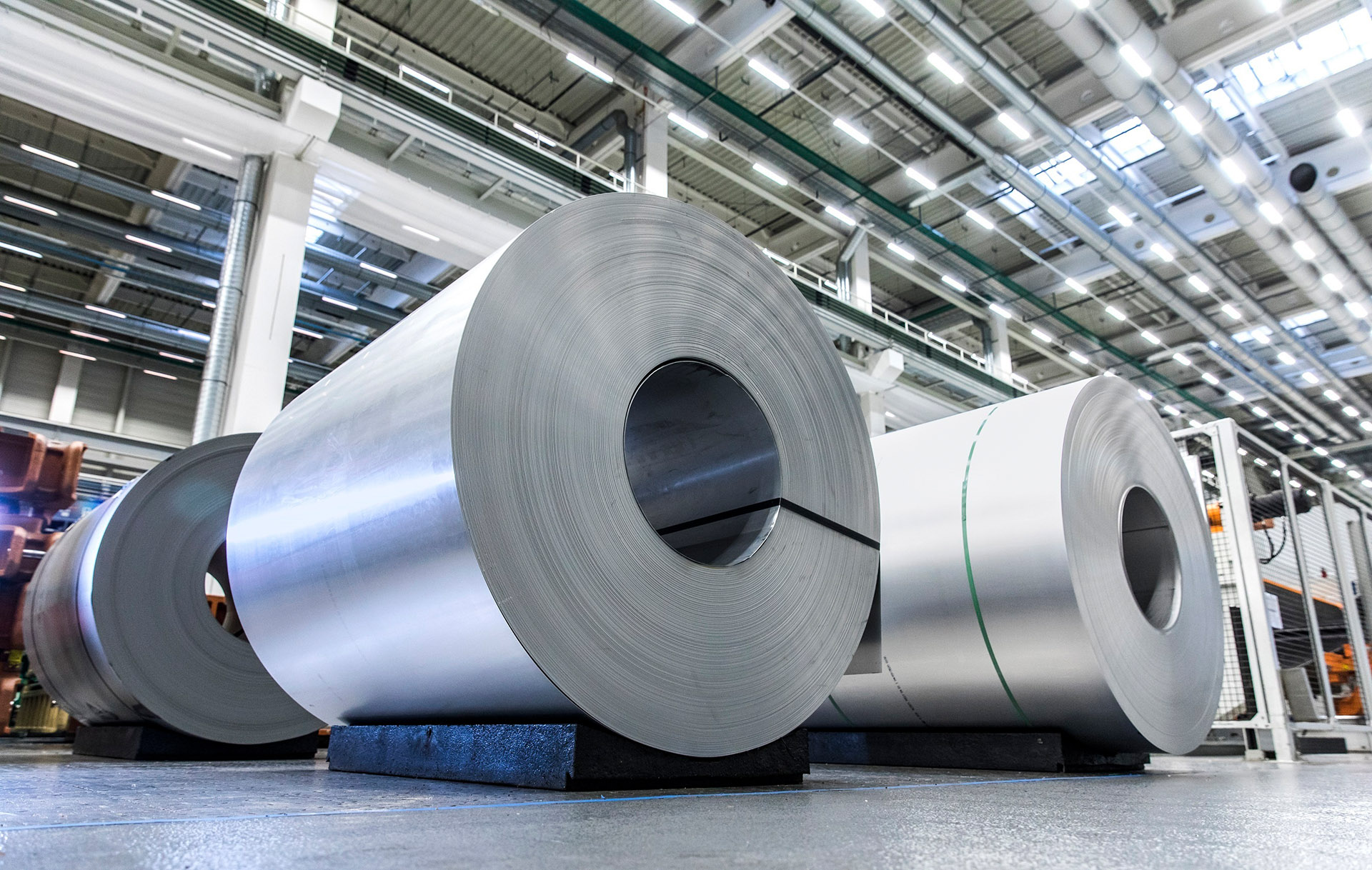
Companies have leverage
Companies can directly influence the reduction of Scope 1 and 2 emissions with energy-related measures focused on their own production, development and organization. These include, for example, investing in renewable energies such as wind, photovoltaics, or using waste process heat to generate their own electricity. Bosch, one of the major automotive suppliers in Germany, states that it has already been climate-neutral in this way since 2020 with its more than 400 locations worldwide. In order to further minimize its ecological footprint in regards to Scope 3, the company also intends to reduce upstream and downstream emissions by 15 percent by 2030, relying not only on an increasing circular economy and careful use of water but also on offsetting unavoidable carbon emissions with compensation measures.
The car manufacturer Audi wants to produce carbon-neutrally by 2025, at least in balance sheet terms. This is an ambitious plan in view of the assumption that CO2 emissions will tend to rise in the future as a result of increasing electromobility – because even though electric cars are much more climate-friendly while in use, their production is associated with higher energy consumption than conventional gasoline-powered cars, according to a study by Fraunhofer ISI. Audi intends to achieve its goal by making the entire value chain, including the production supply chains, climate-neutral. The first step is to save energy in its own plants, the second is to use green energy, and only the third step is to offset unavoidable emissions. With its »Aluminum Closed Loop« initiative, Audi has also been recycling the traditional but highly energy-intensive lightweight material since 2017. In doing so, the manufacturer is saving primary raw materials and improving the environmental performance of its vehicles even before they enter the use phase. According to Audi, the measures, which also include suppliers, harbor a reduction potential of 1.2 metric tons of CO2 on average per car by 2025.
Ressource efficiency is key
The examples show that, in addition to energy consumption, efficient use of resources and consistent recycling management are the keys to climate-neutral production. This also applies to mechanical and plant engineering. Said sector is considered to be material-intensive, rather than energy-intensive, and faces challenges particularly with regard to Scope 3 emissions in its supply chains.
»That is why it is important for globally active companies, as well as small and medium-sized enterprises, to collect data along their entire value chain,« says Prof. Dr. Holger Kohl, Deputy Director of Fraunhofer IPK and an expert in sustainable corporate management. He and his research team use the life cycle assessment method, amongst others, to investigate which points in the product life cycle have the biggest potential for CO2 savings. This enables companies to determine where the greatest impact can be generated, identify the major CO2 drivers in a targeted manner and derive economical and efficient measures. According to Kohl, the greatest opportunities lie in reducing energy consumption and using renewable energy sources, but above all in closed material cycles and increased use of recycled materials or products and components that have undergone remanufacturing. »In many cases, about 80 percent of carbon emissions can be reduced through energy savings,« says Holger Kohl. »The last 20 percent are more difficult and must also be tackled using long term strategies.« In the end, this can only be achieved through production technology and consistent resource conservation not only in a company's own value chain, but also upstream and downstream.
»We need to enable manufacturers to design all manufacturing steps in a way that conserves energy and resources.«
– Prof. Dr. h. c. Dr.-Ing. Eckart Uhlmann
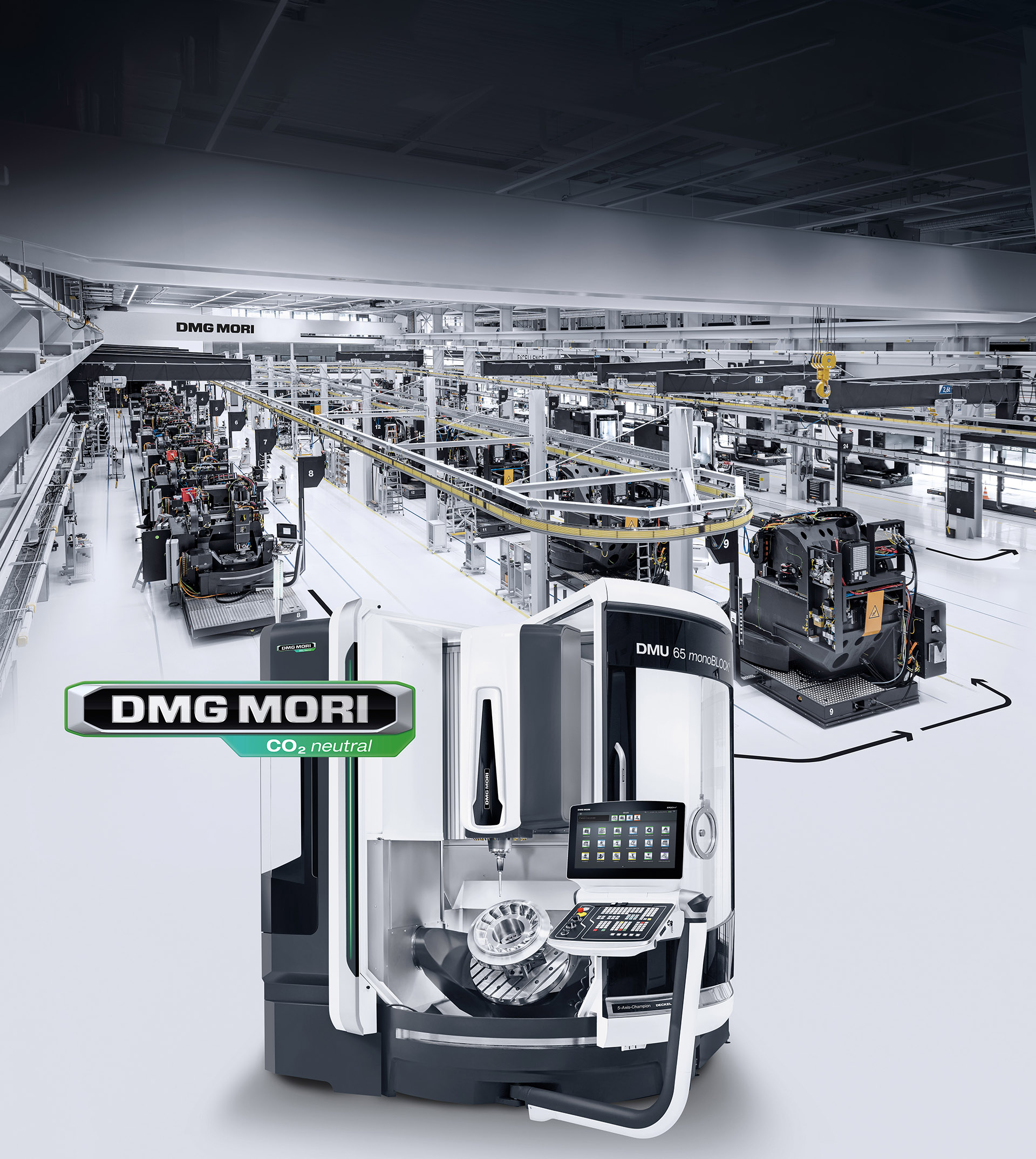
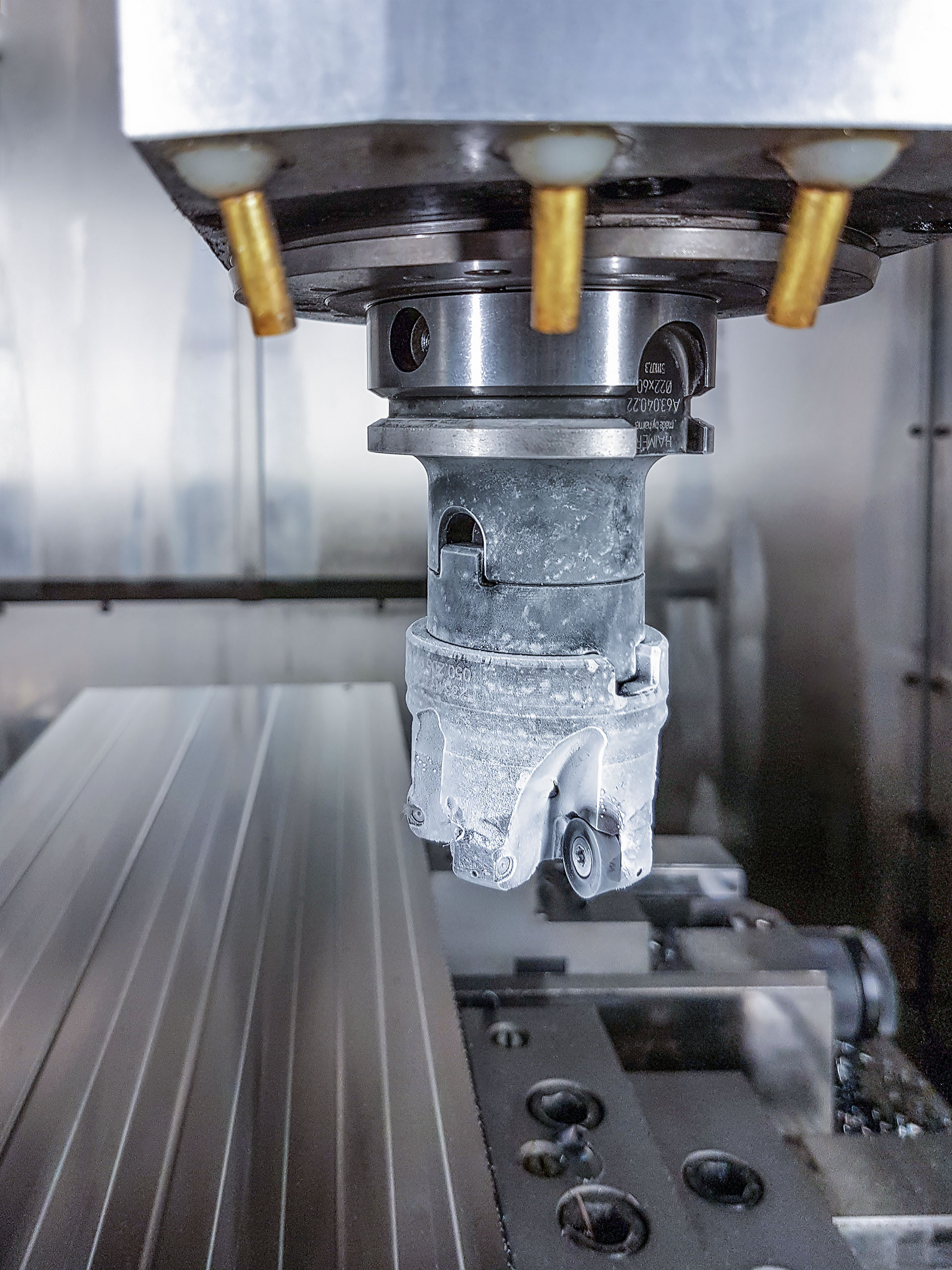
Change is possible
Best practices from the mechanical engineering and metalworking sectors underscore this: With modern heating, air and cooling concepts, consumption-optimized components and intelligent aggregate controls, for example, plant manufacturer DMG MORI is improving the energy and emissions efficiency of its machines. In addition, the company is following a global sustainability strategy and reducing CO2 emissions at all its sites worldwide. Dürr, a systems supplier for exhaust air purification and paint finishing technology, is modernizing existing systems by converting them from wet separation to dry separation, thus helping car manufacturers to reduce the energy required for the overall production of a vehicle by ten percent. When it comes to conserving resources, clamping equipment manufacturer Hainbuch focuses on durable products and offers modular solutions that enable customers from the aerospace and medical technology sectors to adapt machine tools to different production jobs without additional expense. Prof. Dr. Dr. Eckart Uhlmann, Director of Fraunhofer IPK, also sees potential for all-round climate-neutral production primarily in the optimization of manufacturing processes and plants, the heart of manufacturing companies. »We need to enable manufacturers to design all manufacturing steps in a way that conserves energy and resources,« the production systems expert emphasizes. To this end, he and his team are developing technologies for high-performance machining that meet the highest requirements for productivity, reliability and resource efficiency. Among other things, research focuses on the optimization of machining processes. Some plant manufacturers, as Dürr's example shows, are already switching from wet to dry machining and dispensing with cutting fluids in many machining processes. Where their use remains absolutely necessary, Fraunhofer IPK experts are supplying solutions with essential oils that can avoid toxic substances and even achieve antimicrobial effects. Fraunhofer IPK scientists are also developing strategies and technologies for maintenance, repair and overhaul of components, machines and production systems, as well as for the recycling of components and products. This includes solutions for the remanufacturing of used parts. With the help of AI, used vehicle components such as starters or alternators can thus not only be recycled, but also remanufactured and given a further life cycle in use. According to a study by the VDI Center for Resource Efficiency, such remanufacturing of old parts could save up to 80 percent of manufacturing costs and reduce material consumption by up to around 90 percent.
Uhlmann is certain: »Only when considering the use and end-of-life phases of their products in terms of their climate neutrality from the very beginning of the product development and production process can companies keep the ecological footprint of their products and services as small as possible.« Economic efficiency and sustainability must go hand in hand – because with a consistent circular economy, manufacturing companies could ultimately not only reduce their CO2 emissions and increase resource efficiency, but also sustainably increase their competitiveness.
 Fraunhofer Institute for Production Systems and Design Technology
Fraunhofer Institute for Production Systems and Design Technology